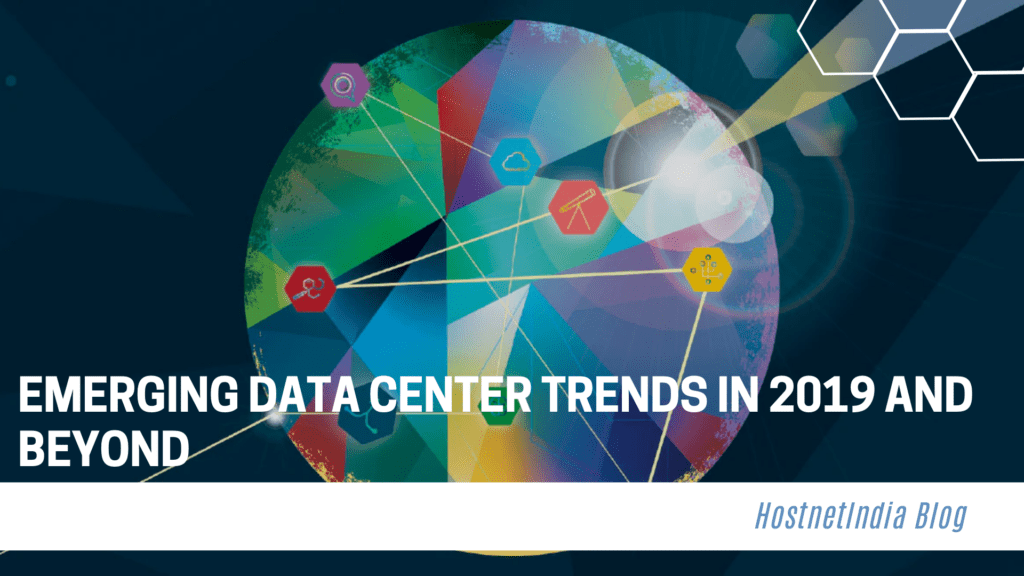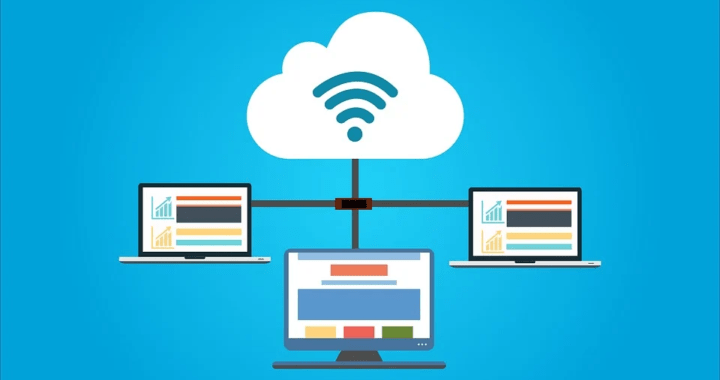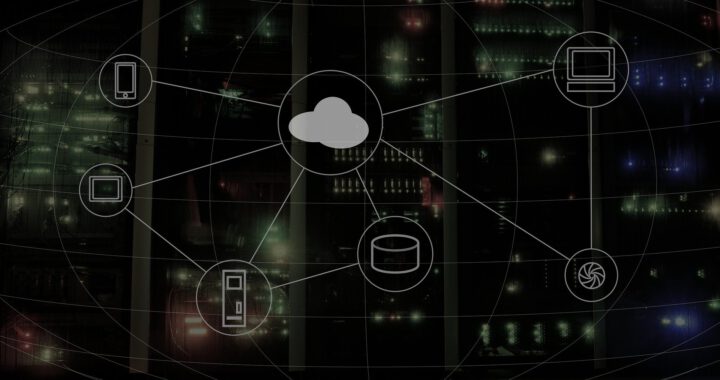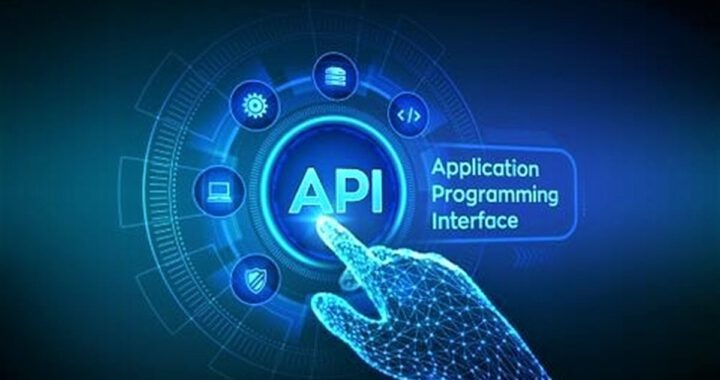Emerging Data Center Trends in 2020 and Beyond

With innovations in artificial intelligence, machine learning, cloud computing and big data analytics, the need to provide uninterrupted computing power has escalated. Data centers in India are constantly evolving to meet the dynamic needs of the industry and overcome the challenges arising on account of increasing complexities and interdependencies across the ecosystem.
So, which trends are expected to unfold in the data center industry in 2020 and beyond?
Let us dive in and explore.
Increased Emphasis on Security
Since the inception of the internet, IT systems have remained the target of cybercriminals. As data centres in India are getting smarter and more connected, the threat of data breach has grown stronger.
While data centers in India are investing heavily in biometric access systems, surveillance cameras and armed personnel to reinforce physical security, some areas continue to be neglected. A persistent issue for many data centres is the inadequate monitoring of third-party people accessing the devices and the digitized operations they carry out within the premises.
Data center facilities often need to connect to external networks putting their systems at risk. Several data centres in India are moving towards a ‘zero-trust approach’ wherein they verify both external and internal access attempts to IT systems before granting permission.
In near future, data center facilities are likely to move towards a conditional-access policy where they would grant access to a network resource only if it fulfills certain criteria including time of the day, access location, etc. If some aberrant behavior is noticed or the criteria are not fulfilled, the access would be revoked immediately.
Staffing Challenges spawning new Hiring Strategies
Data centres are facing challenges in hiring and retaining sufficiently qualified staff to allow their operations to continue at a steady pace. Given the pace at which data centres in India are expanding, the issue will only aggravate in the coming days.
As per a recent survey, 38% of the data center operators felt they had trouble finding qualified candidates for new openings and 17% had difficulty retaining the existing staff.
Shortage of talent will force companies to devise new hiring strategies. Enterprises are likely to switch from traditional training programs towards more agile, job-specific training. They would deploy machine learning-based systems to automate tasks, preserve knowledge and enable predictive maintenance of assets.
Edge Computing to Spur Innovation
As technologies such as the Internet of Things (IoT) and cloud computing are getting mainstream, the data center infrastructure is undergoing a dramatic transformation. Data centers are redesigning the underlying architecture to serve the technological demands in a better way-they are adopting edge computing wherein they try to process data and services as close as possible to the end-users.
Edge computing is gaining ground for it helps enterprises overcome the challenges arising on account of data-centric workload. It reduces redundant data flow to and from data centers, maintains sensitive data on premise and allows efficient bandwidth utilization.
The rise of edge computing does not imply that the large data center model will become obsolete; we will only witness smaller data centers getting built closer to population centers such as cities and corporate parks.
Data center infrastructure, as a result, will gradually become more distributed with storage hubs and micro data centers supplementing the traditional data centers.
Hyperscale Data Centers gaining Traction
The advent of cloud computing has led to the generation of higher computing capacity in the form of hyperscale data centers. A hyperscale data center is a mega-sized data center that has hundreds of thousands of servers interconnected through a high-speed network.
It has a robust system with flexible memory, networking and storage capabilities. Its architecture expands or contracts seamlessly depending on the needs of the business.
It has a robust system with flexible memory, networking and storage capabilities. Its architecture expands or contracts seamlessly depending on the needs of the business.
Technology behemoths such as Microsoft, Apple, Google and Facebook have set up their own hyper scale data centers to lower costs, reduce latency and provide reliable service.
By the end of 2017, close to 400 such centers were in operation. It is estimated that by the end of 2020, about 500 hyperscale data centers will either be operational or at least in the planning stage.
Liquid Cooling Systems to get Popular
Google introduced liquid cooling in one of its data centers in May 2018.
Liquid cooling is not a new technology. It was used to cool mainframe computers during the ‘80s and ‘90s. In water-based liquid cooling, cold water is funneled through pipes situated alongside server cases in order to bring down server temperature.
A variant of liquid cooling is immersion cooling wherein the servers are directly immersed in a liquid coolant. The coolant is a dielectric liquid that does not conduct electricity.
Liquid cooling is considered far more efficient than the traditionally-used air conditioning as it reduces the overall energy consumption significantly. Liquid coolants also improve the processing power per square foot of these centers, thereby augmenting their capacity.
Author Bio: Parul Singh is a content writer at Go4hosting. She loves to pen well-researched articles on futuristic technologies such as blockchain, big data analytics, and data centers in India .


 14 Best Windows Cloud Server Platform
14 Best Windows Cloud Server Platform  Advantages of Choosing Linux KVM-based VPS Hosting
Advantages of Choosing Linux KVM-based VPS Hosting  SAP Cloud Platform: Make your Business Smarter with the Power of Cloud
SAP Cloud Platform: Make your Business Smarter with the Power of Cloud  Cloud Security challenges you should know in 2021
Cloud Security challenges you should know in 2021  How Web API Integration Help To Development Cloud App?
How Web API Integration Help To Development Cloud App?